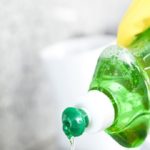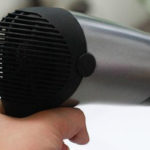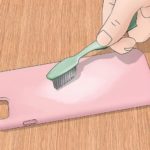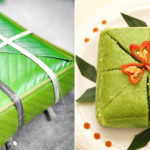Most people know the importance of regularly eating fruits and vegetables to maintain good health, but some risks associated with pesticides, such as damage to the endocrine system, nervous system, and hormones, make us hesitant.
Experts often recommend choosing organic foods when possible. However, if that’s not a realistic option for you, be sure to wash your fruits and vegetables before eating or cooking them.
Rinsing produce with plain water does not remove all the toxins. Meanwhile, studies have shown that most commercial produce washes are just as effective as… tap water.
The most effective ways to remove pesticides from fruits and vegetables include saltwater, vinegar, or baking soda.
Saltwater
Saltwater is one of the easiest and most cost-effective ways to remove certain pesticides.
Scientists have found that a 10% saltwater solution is an effective way to remove pesticides from produce.
Vinegar
Rinsing fruits and vegetables with 100% vinegar is also effective, but it can be expensive and leaves an unpleasant taste in your food.
Baking soda
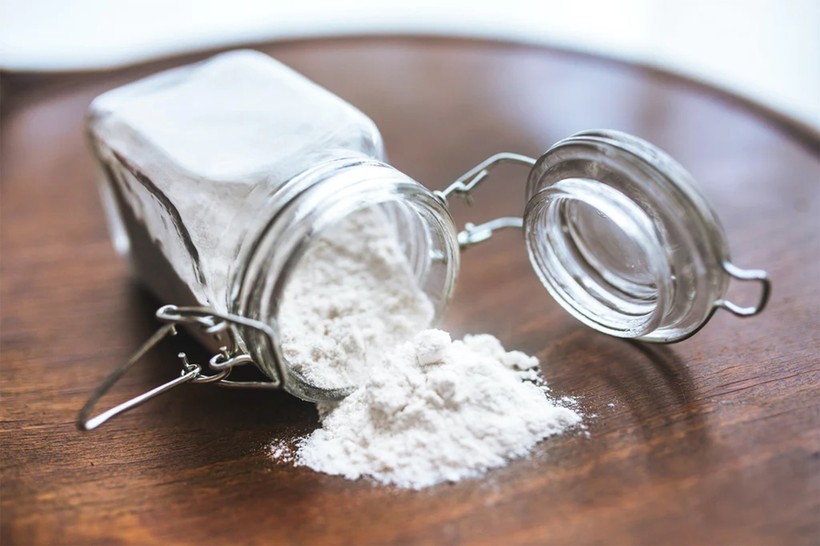
Baking soda is proven to be the most effective way to remove pesticides from fruits and vegetables. (Photo: ITN).
Baking soda has been proven to be one of the most effective ways to remove pesticides from fruits and vegetables.
When soaking fruits and vegetables in water containing baking soda, it only takes 12 – 15 minutes to completely remove pesticides from the food.
Instructions:
Fill a large bowl or container with water, add a teaspoon of baking soda, add the fruits or vegetables, let them soak for a few minutes, then scrub with a brush.
Finally, rinse the produce with clean water. Note that when rinsing with clean water, if you don’t use a water filter, your fruits and vegetables will still be contaminated with the many pollutants in tap water.
Notes on washing fruits and vegetables
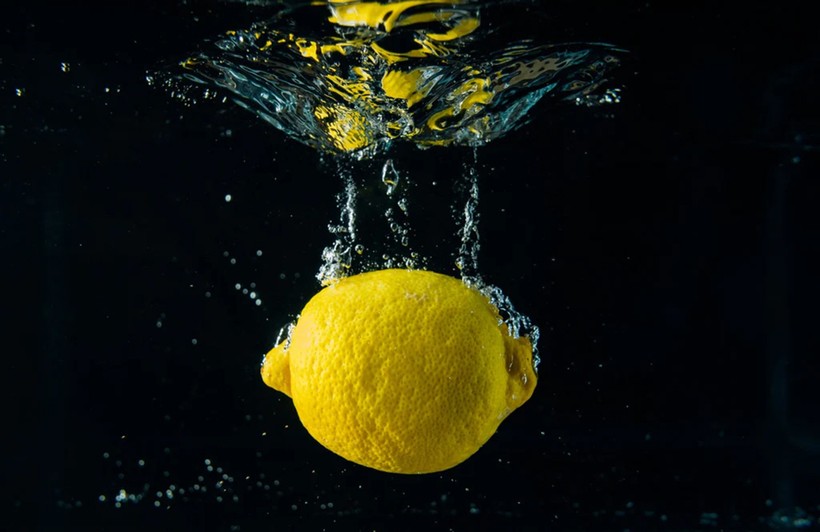
According to npic.orst.edu, there is no 100% effective method for removing toxins from fruits and vegetables. In general, rinsing with water will reduce dirt, bacteria, and residual pesticides on the surface of fresh fruits and vegetables.
Rinsing and scrubbing produce under running water is better than soaking. It is best to wash all fruits and vegetables purchased from farmers’ markets, home gardens, and grocery stores.
Products can contain dirt, bacteria, and residual pesticides from the time they are grown until they reach your hands.
According to the FDA, the U.S. Food and Drug Administration, eating a variety of fruits and vegetables is important for a healthy diet. So you should consider the following options to reduce the risk of exposure to pesticides:
– Wash fruits and vegetables even if you don’t intend to eat the peel.
– Wash your hands with soap and warm water before and after handling fresh fruits and vegetables.
– Hold fruits or vegetables under running water in a colander. This method removes more pesticides than soaking produce.
– The FDA does not recommend washing fruits and vegetables with soap, detergents, or commercial produce washes. They have not been proven to be more effective than plain water.
– There is no washing method that achieves 100% effectiveness in removing all pesticides.
– Scrub hard-skinned products like melons and potatoes with a clean brush. Scrubbing firm fruits can help remove more residue.
– Scrub soft-skinned products like grapes while soaking them under running water to remove residue.
– Place fragile fruits and vegetables such as berries into a colander and gently turn them while spraying water.
– Remove outer leaves of leafy vegetables like lettuce and cabbage.
– For peaches or apples, you can peel off the skin, which is a way to remove toxins.
– Washing fruits and vegetables in warm water can help remove toxins, but it also removes nutrients from the produce.
According to Giáo dục & Thời đại (Education & Times)


























